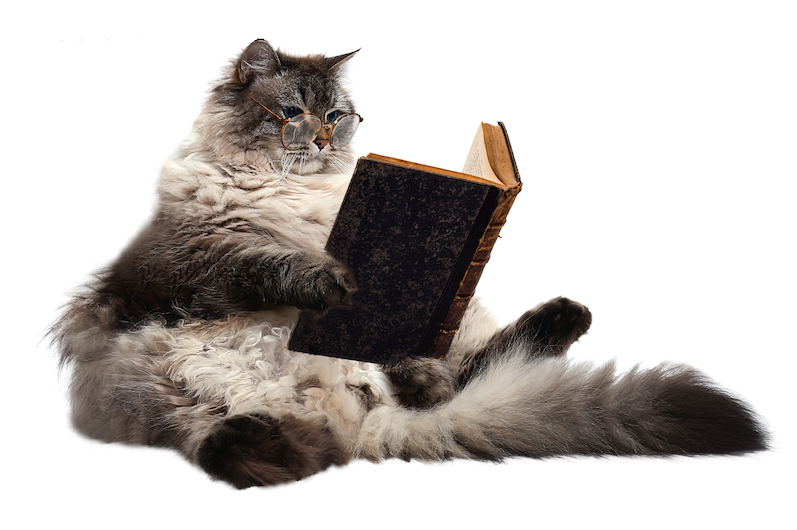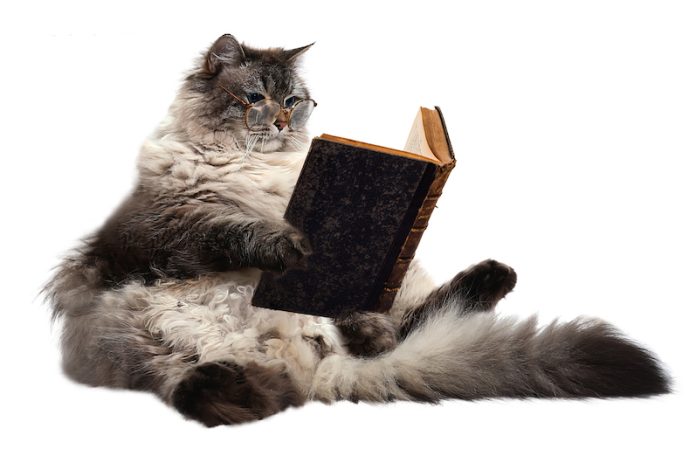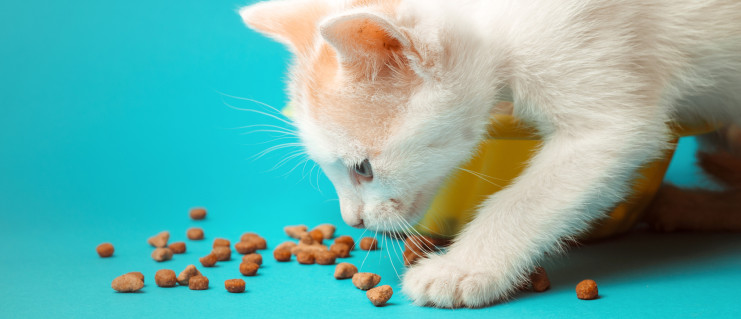

Adopt a balanced diet, run your cat, reduce portions… there are many solutions to help your pet maintain a stable weight. However, this is not always obvious. Tips for keeping your cat healthy and promoting weight loss.
What causes an overweight cat?
Inappropriate diet
One of the most common factors for obesity in cats is improper diet. If your cat regularly eats foods high in calories, fat and carbohydrates, he can easily gain weight. Cats need a diet balanced in protein, fat and carbohydrates to maintain a healthy weight. Diets high in carbohydrates, often found in cheap kibble, can contribute to weight gain.
A lack of exercise
A sedentary lifestyle can be another major factor. Domestic cats tend to be less active than their wild counterparts. Lack of exercise can lead to body fat accumulation. Providing your cat with exercise opportunities, such as interactive toys or supervised play time, can help burn calories.
Underlying medical problems
In some cases, underlying medical conditions can contribute to obesity. Hormonal disorders such as hypothyroidism, diabetes mellitus, and adrenal gland problems can lead to uncontrolled weight gain. If you suspect that your cat is obese despite a balanced diet and exercise, it is essential to consult a veterinarian to rule out medical problems, including less serious ones like constipation or diarrhea.
Excessive eating
Overeating is another common problem. Some owners tend to give their cats excessive portions or give in to insistent meows for more food. It's crucial to follow the portion recommendations of the food you're using and resist the urge to overfeed your cat, even if she seems hungry. Be sure to maintain a consistent feeding schedule.
The environment
Your cat's living environment can also play a role. Cats who live in apartments or houses without access to the outdoors have fewer opportunities for natural exercise. Creating an enriched environment with toys, climbing structures and places to explore can encourage physical activity.
Cat too big: what consequences?
In addition to its effects on digestion, obesity in cats can lead to a series of serious health problems that affect their quality of life. Here are some of the most concerning consequences:
Stress on the joints
Excessive weight puts extra strain on the cat's joints, especially the knees and hips. This can lead to arthritis, chronic pain and reduced mobility. Obese cats have difficulty jumping and playing, which affects their overall well-being.
A predisposition to heart disease
Obese cats are more likely to develop heart problems, such as high blood pressure and cardiomyopathy. These conditions can be fatal if left untreated. Being overweight increases the workload on the heart, which can lead to congestive heart failure.
Risks of diabetes
Obesity is a major risk factor for diabetes mellitus in cats. This chronic condition requires daily management, including insulin injections and a strict diet. Diabetes can cause serious complications, including infections, cataracts and neurological disorders.
Beware of respiratory problems
Obese cats can suffer from respiratory problems, including respiratory distress syndrome. Their rib cage is often compressed by excess fat, making it difficult to breathe. Obese cats also have an increased risk of sleep apnea.
A risk for the liver
Obesity can lead to fat buildup in the liver, which can cause nonalcoholic fatty liver disease (NAFLD). This condition can lead to liver inflammation, liver damage, and metabolic disorders.
Reduced life expectancy
Because of these health risks, obese cats tend to live shorter lives than their normal-weight counterparts. It is crucial to recognize that obesity is not just a cosmetic issue, but a serious medical condition that requires immediate attention.
How to manage a cat's weight?
If managing a cat's weight therefore appears to be essential, there are some tips to facilitate this weight loss:
A balanced diet
Appropriate portions
- Divide the recommended daily ration into several small portions throughout the day. This avoids eating too much in one sitting.
- Use appropriately sized bowls for portion control. Automatic food dispensers can also help maintain a regular eating schedule.
Encourage physical exercise
- Play with your cat regularly using interactive toys, feather dusters or balls. Gaming sessions are essential for burning calories and staying fit.
- Provide cat trees, wall-mounted cat shelves or high spaces to encourage them to jump and climb. This promotes natural exercise.
- Consider adopting a second cat so your cat has a companion to play with.
Weight monitoring
Regular veterinary consultationss
- Schedule regular visits to your veterinarian for health exams and weight checks. Veterinarians can detect obesity early and recommend corrective measures.
- If your cat is already overweight, work with your veterinarian to develop a weight management plan tailored to their needs.
Find here the advice for giving a tablet to your cat.
Patience
- Weight loss in cats can take time, so it is essential to be patient and consistent in your approach.
- Do not try to make your cat lose weight too quickly, as this can be dangerous. Gradual weight loss is safer and more effective.
Ultimately, your cat's health and well-being largely depends on you. By understanding the causes, signs and consequences of feline obesity, as well as adopting weight management and prevention strategies, you can give your four-legged friend a healthier life.
TO KNOW
The heaviest cat recorded in history weighed an incredible 21.3 kilograms. This cat named Himmy, originally from Australia, was officially recognized as the heaviest cat by the Guinness Book of World Records in 1986. To date, this record has never been broken.






